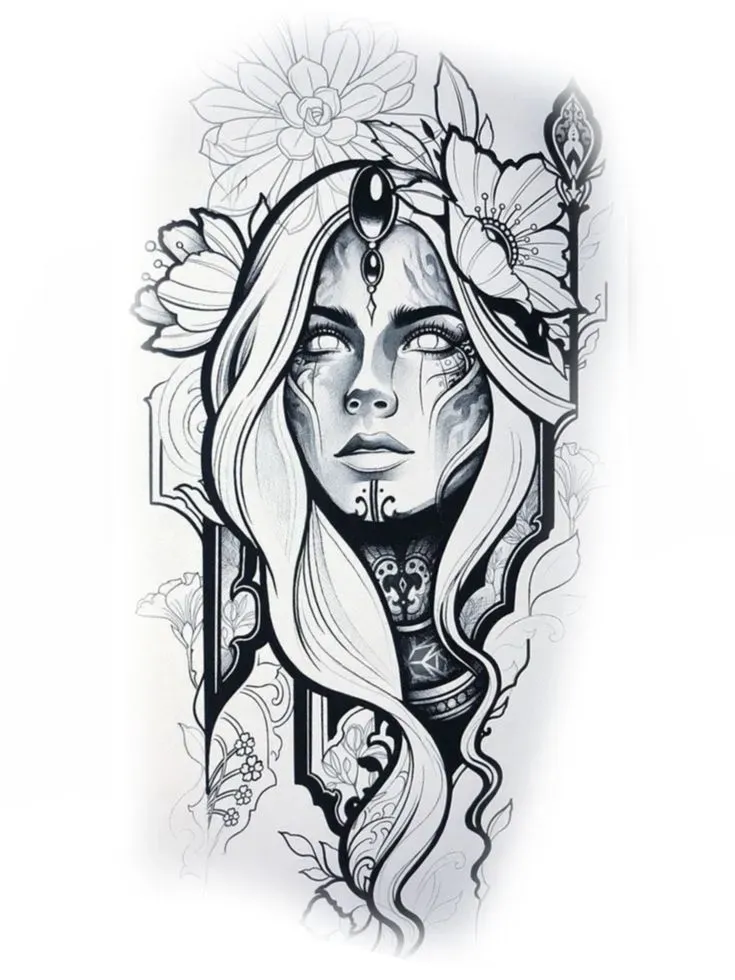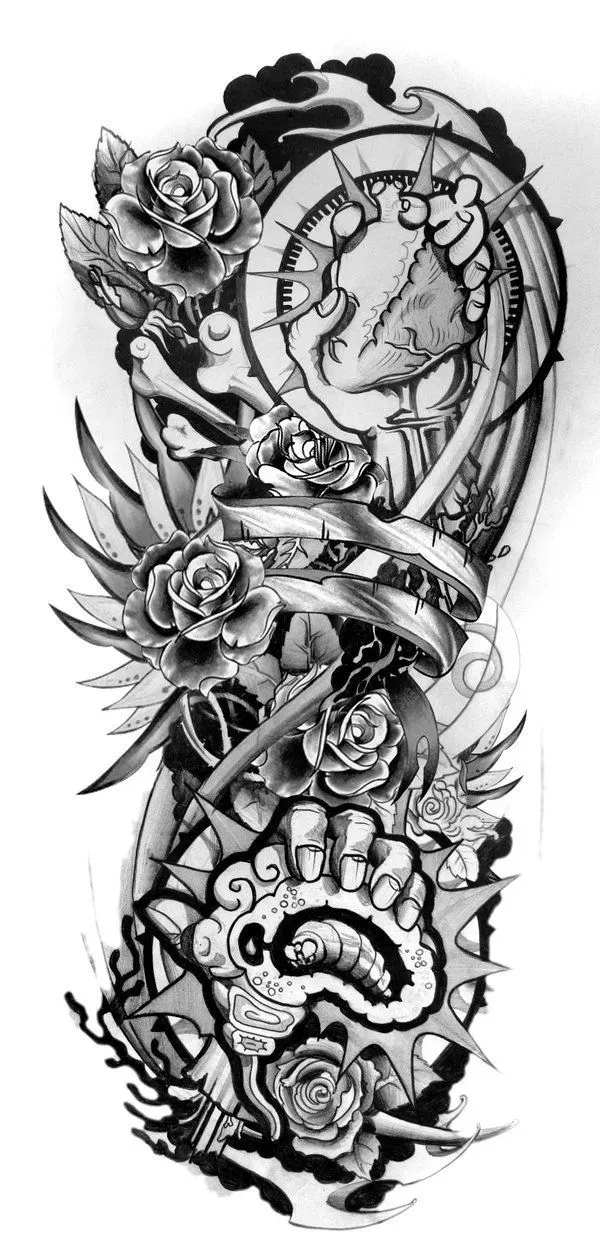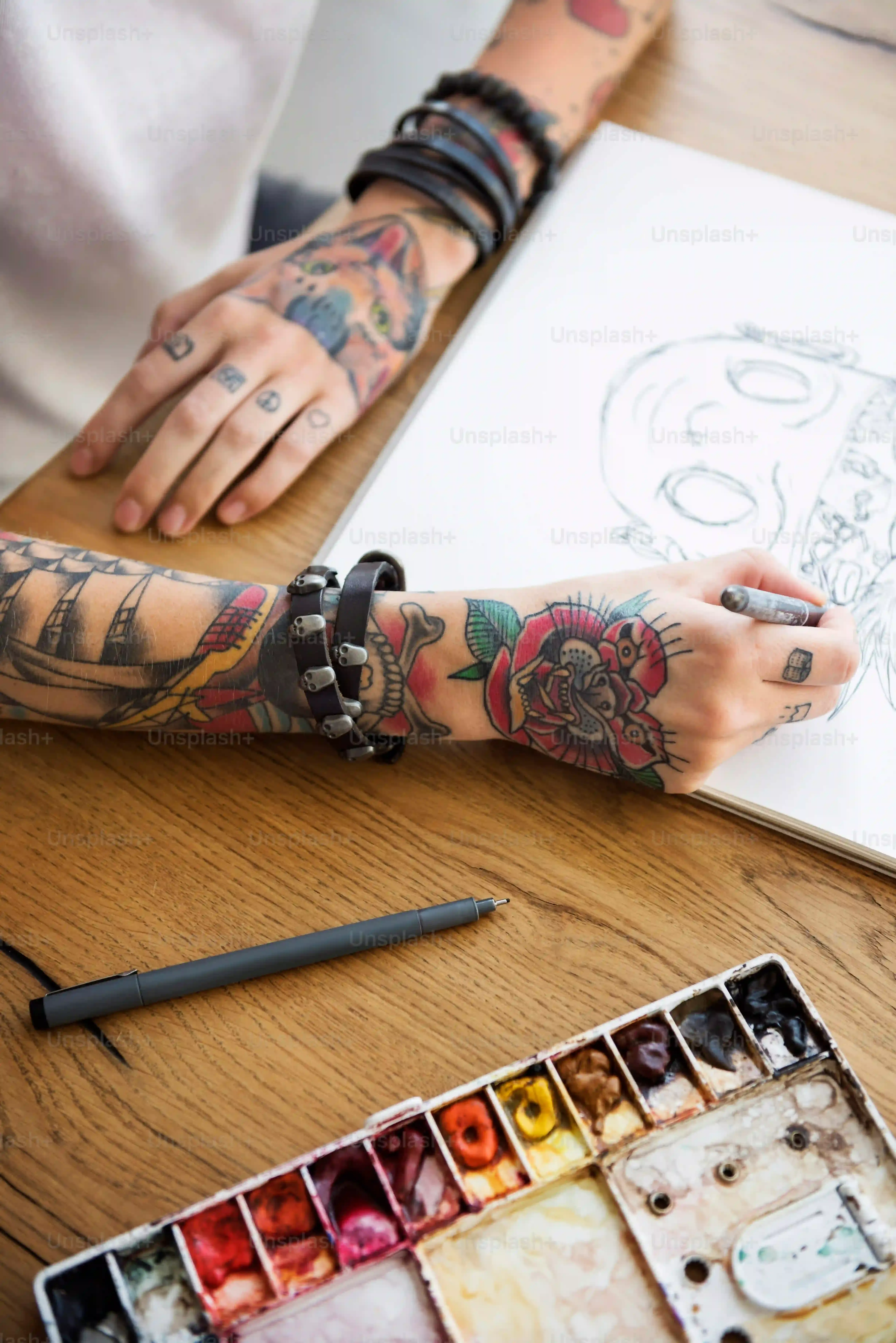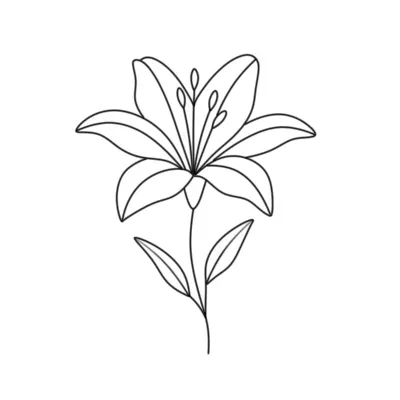Table of Contents
Thinking about getting a tattoo? It's a permanent decision, which can feel a bit daunting, right? You want something that feels deeply *you*, not just a flash sheet design picked on a whim. This is precisely where the magic of the tattoo designs sketch comes in. Starting with a sketch isn't just an artist's preliminary step; it's your opportunity to translate a fuzzy idea into a concrete visual, a blueprint for the ink that will live on your skin.
Why Sketching is Key for Custom Tattoos
Why Sketching is Key for Custom Tattoos
Alright, let's cut to the chase about Why Sketching is Key for Custom Tattoos. Think of your tattoo idea like a blurry photo in your head. You know the general shape, maybe some colors, but the details are fuzzy. A sketch is the process of bringing that image into sharp focus. It's not just about the artist putting pencil to paper; it's your chance to collaborate, to see how that idea translates visually *before* needles are involved. You can tweak, erase, add, subtract – all the things you can't do once the ink is under your skin. Skipping this step is essentially asking for a permanent surprise, and let's be honest, not all surprises are good ones, especially on your body.
Finding Your Muse: Inspiration for Tattoo Designs Sketch
Finding Your Muse: Inspiration for Tattoo Designs Sketch
Where to Look Beyond the Obvious
so you've decided you want a tattoo, maybe even have a vague concept, but where do you even *start* pulling ideas for your tattoo designs sketch? Forget just scrolling through generic online galleries for a second. While those can offer a baseline, true inspiration often comes from places much closer to home, or much further off the beaten path. Think about your own life, your history, things you genuinely connect with. Are there books, movies, or music that shaped you? Places you've been, experiences you've had? Sometimes the best ideas spark from seemingly unrelated things.
Maybe it's the intricate pattern on an old piece of furniture, the way light hits a building at a certain time of day, or a specific scene from a favorite film that just *feels* right. Don't limit yourself to "tattoo stuff." Look at fine art, illustration, even patterns in nature or architecture. The goal here is to gather raw material, bits and pieces that resonate with you on a personal level. Jot everything down, snap pictures, save links – create a messy, wonderful hoard of potential ideas.
Translating Concepts into Sketchable Ideas
Now that you've got this pile of inspiration, the next step for your tattoo designs sketch is figuring out how to translate those abstract feelings or random images into something a tattoo artist can actually work with. This is where you start refining. Look at your hoard and ask yourself: What is the core feeling or message here? Is it about strength, memory, transformation, a bit of dark humor? Try to distill the essence.
For instance, if you're inspired by an old family photo, the tattoo might not be a literal portrait, but maybe an object from the photo, a symbol representing the feeling of that moment, or even just the *style* of the era. If a song moves you, you're not going to tattoo the lyrics (usually, please don't just tattoo lyrics unless they are *exceptionally* good and short), but perhaps an image the song conjures or a symbol associated with the artist or genre. This phase is about finding the visual language for your internal landscape.
Exploring Popular Styles in Tattoo Sketch Designs
Exploring Popular Styles in Tattoo Sketch Designs
The Raw Appeal of Sketch Style Tattoos
let's talk about the style that literally has "sketch" in the name. Sketch style tattoos look exactly like what they sound like – they mimic the raw, unfinished lines of a preliminary drawing. Think visible pencil marks, sometimes intentional smudges, and lines that aren't perfectly crisp. This isn't a sign of a lazy artist; it's a deliberate aesthetic choice that gives the piece a sense of spontaneity and energy. It feels immediate, like the idea just spilled onto the skin. This style works incredibly well for tattoo designs sketch because it leans into the process itself. It's less about polished perfection and more about capturing a moment or a feeling.
Blackwork and Dotwork Foundations
Moving slightly away from the literal "sketch" look, but still deeply rooted in the planning phase, we find blackwork and dotwork. These styles, especially blackwork with its heavy linework and solid fills, require incredibly precise preliminary tattoo designs sketch work. You're planning out large areas of solid black or intricate patterns. There's no faking it here. Dotwork, building images from countless tiny dots, demands meticulous planning of shading and density in the sketch phase to ensure the final piece reads correctly on the skin. The sketch for these styles is less about capturing looseness and more about creating a detailed map for the thousands of needle pricks to come.
- Consider line weight: Thick, bold lines or delicate, fine ones?
- Think about shading technique: Whipped shading, stippling, or solid fill?
- Plan negative space: What areas will be left as skin?
- Map out texture: How will different surfaces be represented?
Illustrative and Geometric Precision
Illustrative tattoos often start their lives as detailed drawings, much like illustrations for a book or piece of concept art. The tattoo designs sketch for an illustrative piece captures texture, light, and shadow, often blending realism with artistic interpretation. It's about telling a story visually. Geometric styles, on the other hand, demand absolute precision in the sketch. Every line, every angle needs to be plotted out perfectly before it touches skin. A wobbly line in a geometric piece sticks out like a sore thumb. Both styles, while distinct, rely heavily on a solid, well-thought-out sketch to ensure the final tattoo is clean, balanced, and durable.
From Pencil to Skin: Making Your Sketch a Reality
From Pencil to Skin: Making Your Sketch a Reality
Alright, so you've got your killer tattoo designs sketch, maybe you've even refined it with your artist, and now it's time for the main event: getting that ink on your skin. This is whereFrom Pencil to Skin: Making Your Sketch a Realityhappens. That sketch isn't just a nice picture anymore; it's the blueprint the artist uses. They'll likely create a stencil from it, a temporary outline placed on your skin to guide the needle. This is your last chance to see the placement and size before the commitment. A good artist works *from* your sketch, bringing their technical skill to translate those lines and shading ideas into permanent ink. It's a collaborative leap from paper to flesh, and your detailed sketch makes that jump much smoother and less prone to "oops" moments.
Your Tattoo's Foundation Starts with a Sketch
So, you've seen why scribbling on paper isn't just for bored teenagers in class. The tattoo designs sketch is the critical first strike, the moment where your concept starts breathing. Skipping this step is like building a house without blueprints – you might end up with *something*, but it probably won't be what you envisioned, and fixing it later is expensive. Taking the time to refine your idea through sketching, collaborating with an artist, and exploring different possibilities ensures the final ink isn't just a design, but a deliberate piece of you. It's about making a permanent mark that actually means something, not just filling space on your body.